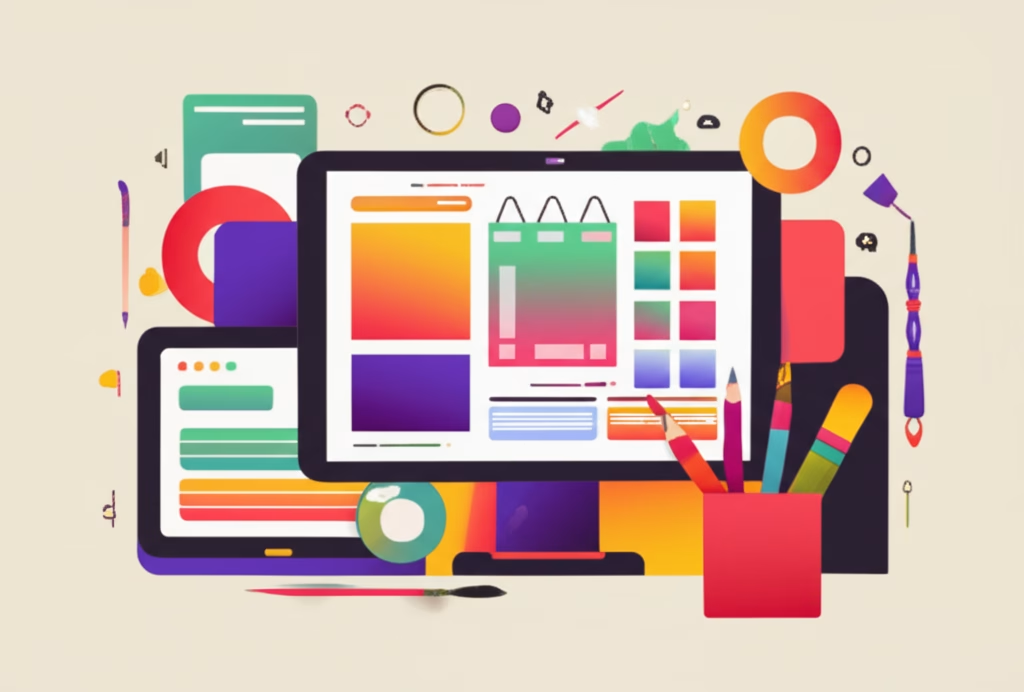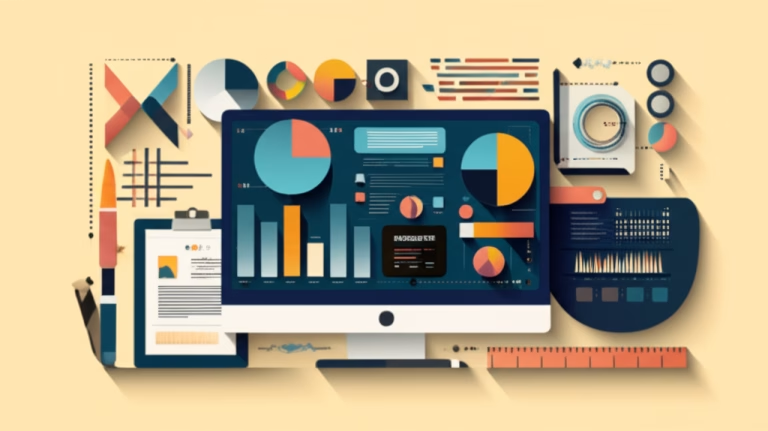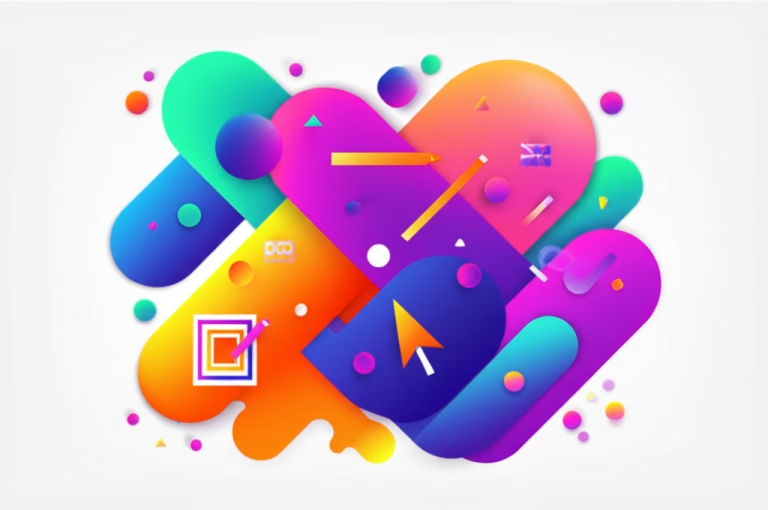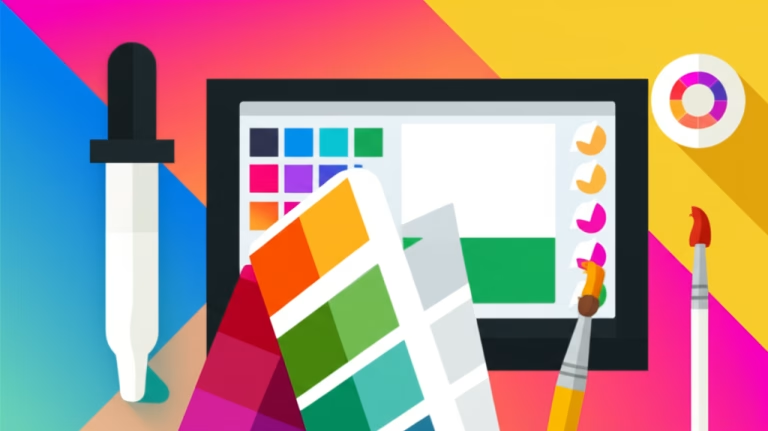Starting your journey in design can feel overwhelming, like standing in front of a massive toolbox filled with mysterious gadgets. You know you want to create something amazing, but where do you even begin? Choosing the right software is often the first hurdle, and complex programs can make you feel lost before you even start. But what if there were tools designed specifically to help you jump in and start creating right away? This article is your guide to finding those accessible entry points into the exciting world of visual creation. We’ll explore how simple interfaces and smart features can empower you to bring your ideas to life without needing years of training. This guide will walk you through finding those perfect starting points.
Table of Contents
The Challenge Every Designer Faces
Every aspiring designer hits a moment of hesitation. You have a vision, maybe for a social media post, a simple logo, or a flyer, but the popular design software looks incredibly complicated. Menus upon menus, panels you don’t understand, and a steep learning curve can quickly dampen your enthusiasm. This initial challenge of tool selection and mastery is a common barrier. It makes many beginners feel like design is only for those with extensive technical skills, rather than a space for creative expression. But overcoming this challenge is simpler than you might imagine; it starts with choosing the right companions for your creative journey.
The Science Behind Easy Design Tools
Why do some tools feel instantly welcoming while others seem like puzzles? It’s often rooted in cognitive science and user interface design.
Easy design programs are built to reduce cognitive load. This means they minimize the mental effort required to understand how the tool works. Instead of cluttering the screen with countless options, they prioritize essential functions and present them in a clear, intuitive way. This allows your brain to focus on the creative task itself – the colors, the layout, the message – rather than struggling with the software’s mechanics.
These tools often leverage visual metaphors and direct manipulation (like drag-and-drop) that align with how we naturally interact with objects. This makes the process feel less like coding or complex engineering and more like arranging elements on a canvas. By lowering the technical barrier, these accessible platforms empower you to experiment freely and build confidence as you create. They bridge the gap between your idea and its visual realization, making design approachable for everyone, regardless of prior experience with graphic design tools.
Fundamental Principles
Intuitive Interface: A key principle is making the workspace feel natural and easy to navigate. This often involves drag-and-drop functionality, clear icons, and logical menu structures. You should be able to find what you need without searching through dense documentation. The tool should guide you gently.
Template Libraries: Providing pre-designed templates for common projects (like social media graphics, presentations, or posters) is crucial. These templates offer a starting point, structure, and inspiration, allowing beginners to achieve polished results quickly while learning how elements are arranged effectively. It’s like having training wheels for design.
Simplified Features: Easy tools focus on core design tasks without overwhelming users with advanced, rarely used functionalities. Features like adding text, inserting images, applying basic filters, and arranging layers are made readily available and simple to use. Complex options are often hidden or omitted entirely.
Practical Strategies for Using Easy Design Tools
Getting the most out of
beginner design software involves adopting a few simple strategies. First, don’t feel pressured to create something completely from scratch immediately. Start by exploring the template library. Find a template that is close to what you want to achieve and customize it. This helps you understand how different elements work together and saves significant time.
Second, focus on one type of project at a time. If you want to design social media graphics, spend time mastering the tools for that specific purpose. Don’t try to learn how to make a logo, a website banner, and a print flyer all at once. Specializing initially helps build confidence and practical skills faster. As you become comfortable, you can then branch out to other project types using the same tool.
Third, experiment constantly. Don’t be afraid to try different fonts, color combinations, and layouts. Easy tools make it simple to undo changes, so you can freely explore options without fear of making irreversible mistakes. Treat each project as a learning opportunity. The more you play and experiment, the better you’ll understand the possibilities these easy design programs offer and develop your own creative style.
Finally, practice regularly. Like any skill, design improves with consistent effort. Set aside dedicated time each week to work on a small project. Even short, focused sessions can help reinforce what you’ve learned and build muscle memory with the tools. Consistent practice is the most effective way to truly learn design tools and make them feel like a natural extension of your creativity.
Real Cases: When Using the Wrong Tools Goes Wrong
Learning from mistakes, whether your own or those of others, is a powerful way to grow. Sometimes, the biggest mistake beginners make isn’t in their design choices, but in their tool choice. Opting for overly complex software too early in the learning process can lead to frustration and giving up entirely. It’s like trying to learn to drive in a Formula 1 car before mastering a standard vehicle.
Case 1: The Overwhelmed Beginner
Problem: An aspiring designer, eager to create professional-looking graphics, downloads a powerful industry-standard program known for its vast capabilities. However, they spend hours watching complex tutorials, struggling to even perform basic tasks like adding text or resizing an image. The sheer number of options is paralyzing, and the initial excitement quickly turns into discouragement.
Lesson: Choosing a tool that is too complex for your current skill level hinders progress. It’s more important to start with a tool you can actually use to create, building foundational skills and confidence, than to use the “best” or most complex software right away. Start simple and gradually move to more advanced tools as your needs and skills grow.
Case 2: The Feature Fatigue User
Problem: Someone needs to create a simple social media graphic quickly. They open a program with hundreds of features, many of which they don’t understand or need for this particular task. Navigating the interface to find the few necessary functions takes longer than actually designing the graphic. The process feels cumbersome and inefficient.
Lesson: More features don’t always mean a better tool, especially for beginners or specific simple tasks.
Easy design tools are often more efficient for common projects precisely because they strip away complexity. Choose a tool that matches the complexity of the tasks you realistically plan to undertake most often.
Your Action Plan for Mastering Easy Design Tools
Taking action is the most important step in learning any new skill. Mastering
easy design programs is an achievable goal with a focused approach. Here is a simple plan to get you started and keep you moving forward on your creative path.
- Today: Choose one of the recommended
easy design tools (like Canva, Adobe Express, or Fotor) and sign up for a free account or download the application. Spend 15-30 minutes simply exploring the interface. Click on buttons, open menus, and get a feel for the workspace without trying to create anything specific yet. The goal is just familiarity.
- This Week: Select a simple project you want to create, such as a social media post or an invitation. Find a relevant template within your chosen tool’s library. Customize the text and perhaps swap out an image. Focus on completing this one project from start to finish. This builds confidence in using basic functions.
- This Month: Challenge yourself to create a design from scratch without relying heavily on a template. Start with a blank canvas and add a background color, some text, and an image or two. Experiment with aligning elements and choosing font pairings. This helps you understand fundamental layout principles.
- Next 3 Months: Explore a slightly more advanced feature within your tool, such as working with layers, applying filters to images, or using simple animation features if available. Alternatively, if you feel comfortable, try a different
beginner design software to see how different tools approach similar tasks. This broadens your understanding and skill set.
Clear Your Doubts about Easy Design Tools
It’s natural to have questions when you’re learning something new. Let’s address some common doubts people have about using
easy design programs to get started.
Q: Are these tools only for simple, unprofessional designs?
A: Not at all! While great for beginners, many easy tools offer features and templates that allow you to create surprisingly professional and polished designs for various purposes, from business graphics to personal projects.
Q: Can I really learn design principles using these tools?
A: Yes, absolutely. By using templates and arranging elements, you naturally start to understand concepts like layout, hierarchy, color harmony, and typography in a practical way, even if you don’t know the technical terms yet.
Q: Will using these tools make it harder to switch to more complex software later?
A: Actually, it often makes the transition easier. Easy tools help you build fundamental design thinking skills and familiarize you with common interface elements, which provides a solid foundation for learning more powerful
graphic design tools like Adobe Photoshop or Illustrator down the line.
The Next Step in Your Journey
Starting with
easy design tools is a fantastic way to unlock your creative potential and begin your journey in visual communication. These platforms remove many of the technical obstacles, allowing you to focus on the joy of creation and the principles of good design. Remember, every expert designer started somewhere, and beginning with accessible tools is a smart, effective approach. Keep practicing, keep experimenting, and keep learning. The world of design is vast and exciting, and you’ve just taken your first confident step.
Continue evolving with our guide about references and moodboards!



